New website: ‘Teaching with unique collections’
Ever wondered what you could do with Shakespeare’s second folio and a bamboo pipe? These and many more objects along with innovative learning ideas are presented on a new website: Teaching with unique collections . Made possible with a Melbourne Engagement Grant, the website provides resources, an online showcase, and a virtual setting for teaching and learning in many disciplines.
The university’s unique collections are dynamic resources brimming with opportunity to enhance student engagement, in particular, through the incorporation of object-based learning within coursework subjects. These learning opportunities range from analysing a work of art first hand to more surprising encounters, such as music to operate by.
The website features objects, books, manuscripts, works of art and other items from the university’s Prints, Rare Books and Rare Music collections, Grainger Museum, University of Melbourne Archives and Ian Potter Museum of Art. Visitors will also find information and ideas about some of the intriguing objects reproduced on the façade of the dynamic new, and object-based learning focused Arts West building.
Showcasing six objects
Kava spoon, Grainger Museum
This spoon carved out of a coconut shell is of Melanesian origin, probably from the island of Papua. It is one of many ethnographic items acquired by the Australian-born composer, pianist and conductor Percy Grainger (1882–1961) over his lifetime. It could be used to investigate the drugs, such as the potent kava drink, that shaped society.
Figurine of horse and rider, Cypriot, Ian Potter Museum of Art
This equestrian figure may come from Agios Iakavos, a village in north-eastern Cyprus, and is decorated with an abstract bichrome (two-colour) pattern. One intriguing aspect of its appeal is the uncertainty of its precise function. What does it reveal about ancient life, and the afterlife?
The gold weigher, by William Baillie, Baillieu Library Print Collection
Jan Uytenbogaert was the Dutch receiver-general or tax collector. It is likely that Rembrandt knew Uytenbogaert, who helped the artist secure payments for his art. Rembrandt was working during a time of flourishing trade and expanding colonial possessions, fuelled by unrivalled sea power; it was the Dutch golden age. This print can be used to illustrate financial and economic concepts such as demand, supply, and market forces.
Bamboo pipes, Rare Music Collection
In England and France during the 1920s and 1930s there arose a pipe music education movement, which aimed to involve children in making musical instruments in class and then playing them. The movement overlapped with the Great Depression and offered an innovative and inexpensive entry into music performance. Pipes could be made using cheap materials and they offer the opportunity to develop skills for both music and health.
The grammar of ornament, by Owen Jones Rare Books Collection
The grammar of ornament is a decorative arts source book of almost encyclopaedic scope. It gathers together ornamental designs from vastly different eras, places and cultures and has influenced many artists and architects. Designs are vividly reproduced in 100 chromolithograph plates, an innovative colour process perfected in the 19th century. It may be used to analyse buildings, places and architectural images.
Corroboree, by Tommy McRae, University of Melbourne Archives
Tommy McRae, an Indigenous artist of the Kwat Kwat people, was born near Wahgunyah in north-eastern Victoria. As well as working as a stockman, he was a prolific draftsman, filling his sketchbooks with narrative images such as Corroboree (c.1890). The drawing encourages discussion into materials and motifs in Australian art.
These are just a few of the inspiring objects and ideas to be explored on the website Teaching with unique collections http://library.unimelb.edu.au/teachingobjects.
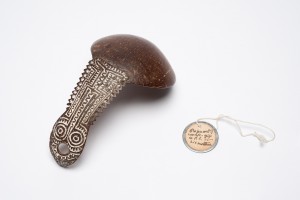
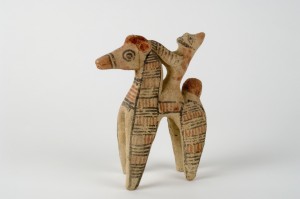
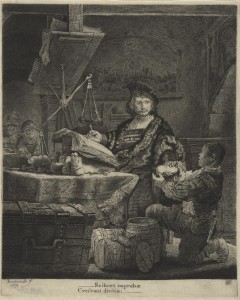
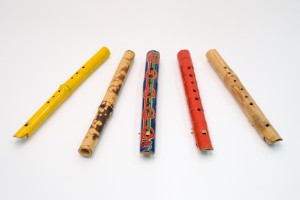

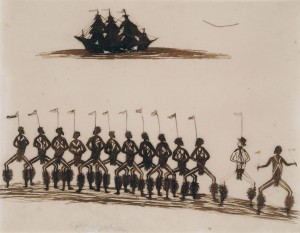
Leave a Reply